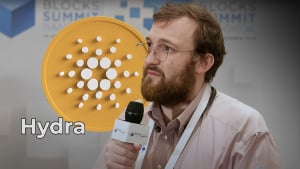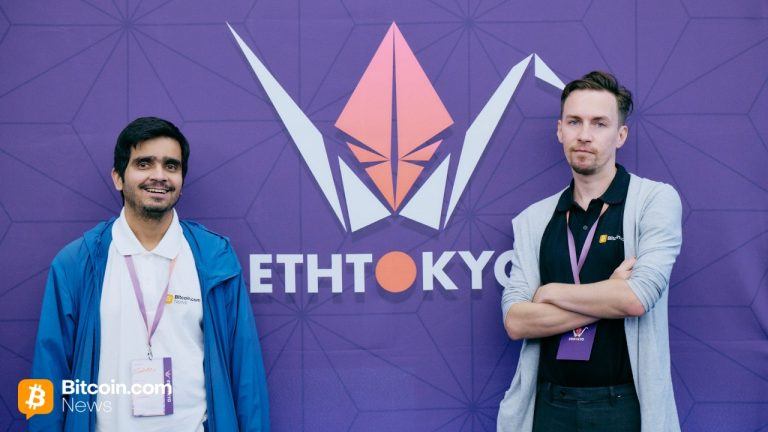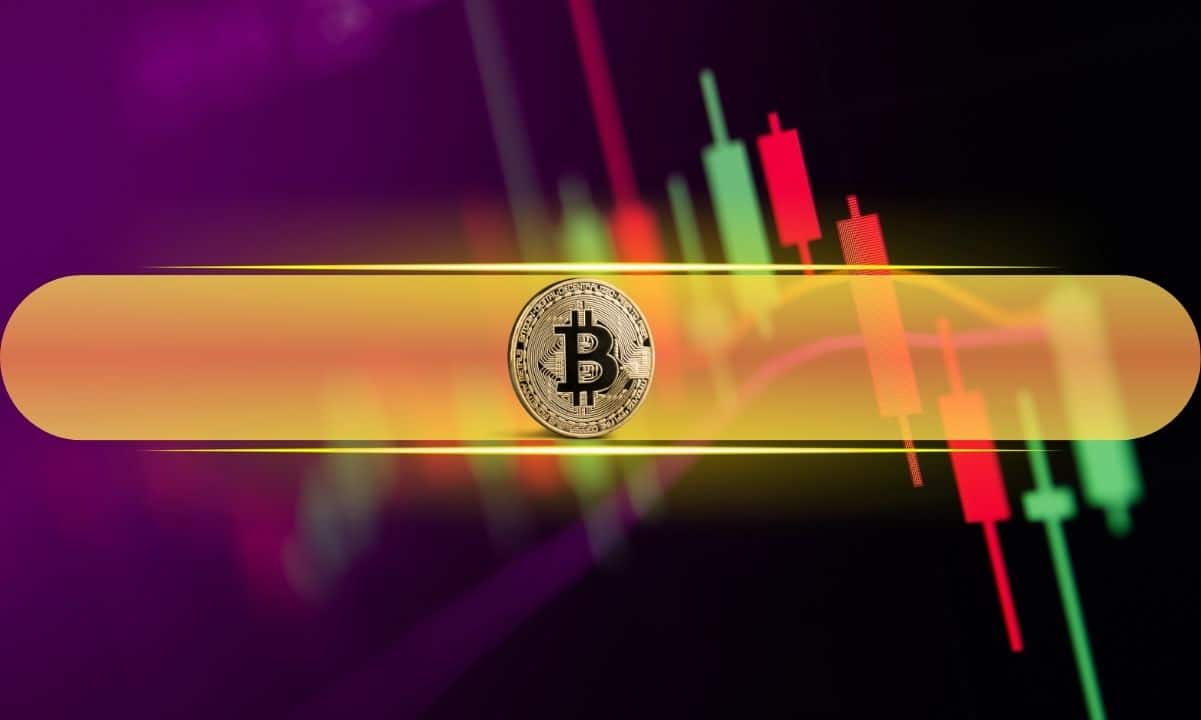ARTICLE AD BOX
Cardano founder Charles Hoskinson has addressed speculations regarding ADA and Hydra.
During his opening keynote on Rare Evo 2024, he claimed Cardano is “the most secure blockchain ever built.” Hoskinson also compared developing the Cardano network with building a tank.
“Cardano will not go down, it’s built like a tank. But it’s faster now, so it’s built like a lambo tank,” he said.
Hydra controversy
Hydra is a Layer-2 scaling solution designed for Cardano, aimed at boosting transaction throughput and ensuring cost efficiency without compromising security. Based on peer-reviewed research, Hydra is a family of protocols, with Hydra Head being the first of its kind.
Hydra Head serves as a foundation for more advanced scenarios by employing isomorphic, multi-party state channels, essentially functioning as an off-chain mini ledger shared between a small group of participants. This allows developers to implement specialized and complex protocols atop Cardano.
Despite Cardano regularly sharing updates on Hydra's development and performance, community skepticism persists, with some doubting the accuracy or progress of these reports.
Hoskinson highlighted Hydra’s advantages, such as the ability to move assets on and off chain seamlessly. He praised the team of developers who are currently working on Hydra updates.
Cardano announcements
Hoskinson also made several announcements. According to him, PlutusV3, a massive upgrade that will bring new possibilities for applications built on Cardano, will be released in a matter of weeks.
Another upcoming update is PGP encryption for wallets security. Hoskinson compared the 1991 technology to paper wallets, the latter being not safe enough.
Hoskinson also announced a $1 million bounty for hacking a secure wallet.
 (1).png)










 English (US) ·
English (US) ·